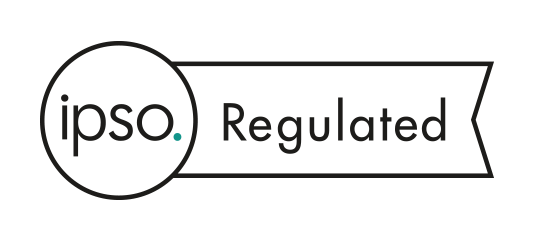Ford Pro has been the sector leader in commercial vehicles in Europe for the past 10 years, and so far in 2025 it has achieved a market share of close to 20%.
“And that’s just the vehicle business,” said Hans Schep, general manager of Ford Pro Europe, Ford’s European commercial vehicle arm. Vehicle sales aside, explained Schep, Ford Pro offers “servicing, our focus on uptime, charging, telematics, software and everything around productivity”.
The upshot is that Ford Pro in Europe is growing across the board – “really fast and really well”, according to Schep. He is keen to get across that a commercial vehicle business in 2025 is far more than white vans appearing from a production line.
“It’s really important that customers start to appreciate and understand the benefi t of the whole ecosystem around the vehicle to boost their productivity,” said Schep.
At the heart of it all is the all-important uptime: the amount of time a vehicle is on the road, and Schep says this is more crucial than ever. With the help of the huge amount of data modern commercial vehicles are able to give, insights can be produced to ensure vehicles remain operational, which in turn increases business productivity.
Schep said: “Utilising the data that comes from the vehicle, both on vehicle health and on driver behaviour data, and turning that into actionable insights to improve productivity, that’s a game-changer.
“Our customers are starting to do that, understand that, and they need help to do that, and that’s where Ford Pro comes in. We don’t just sell you a vehicle; we can sell you increased productivity for your business.
Using data to prevent breakdowns
Ford Pro says that if a user/business opts to allow their van’s data to be used, the van maker can – with the help of machine learning – predict when a vehicle is about to have an issue and therefore intervene beforehand to keep downtime to a minimum. Repairs are carried out at a Transit Centre or by a mobile service van.
At the heart of this is making sure your van does not break down,” said Schep. “That’s the number one pain point for fleets.”
This number-crunching and data monitoring is also moving Ford move away from typical service schedules and maintenance cycles.
“Maintenance schedules based on mileage and duration aren’t very smart ways of doing it,” said Schep. “A connected vehicle will tell you the best time to service it, because its use will be tougher than the standard schedule.









Add your comment